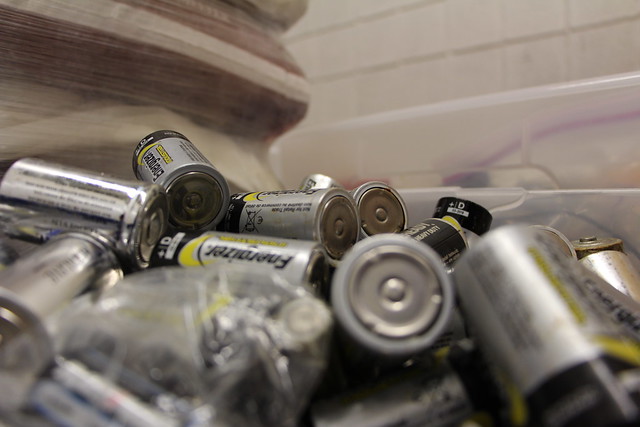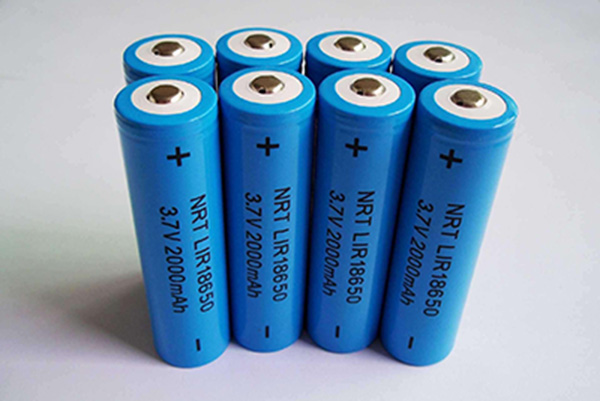How To Recharge Lithium Coin Batteries
Nov 25, 2019 Pageview:1704
Lithium battery technology is an umbrella covering a broad battery technology. There are many different versions of lithium batteries, with differences ranging from size to the chemistry. The most popular of these batteries are found in small devices.
Generally, lithium batteries are the most common in the market. As long as there are electronic devices that need recharging, there will be lithium batteries. It is because of the high-power features that they continue to dominate the world.
But how much do you know about these batteries? Which one is in your device?
Button or coin cell batteries are very common. They have been around for ages, powering small devices like watches and calculators. Let's dig a bit dipper.
What are lithium coin batteries?
Coin or button cells are named so because of their shape and size. Those that are thinner and resemble coins are known as coin cells, while thicker ones are called buttons because of them look like so.
These batteries come in sizes ranging from 5 to 25mm in diameter. They measure 1 to 6 mm in height. They are single cells used as primary batteries, which means they are used once and disposed of.
There are three main categories of coin cells: alkaline, lithium, and silver oxide. Physically, they are interchangeable. You may not even be able to tell one type from another unless you take a closer look.
However, they are different in terms of chemistries. Some chemistries are more preferred to others. It all depends on the usage and specifications. For instance, speakers and cameras with high drain features come with varying needs for remote power. You need to understand how coin batteries work to get the best.
If you think lithium coin batteries are the best, then you are right. Because they have battery life more twice that of alkaline batteries, they are more costly.
Silver and lithium coin batteries are almost equal in terms of long service. Nevertheless, the difference is a matter of voltages. Lithium coin batteries have a nominal voltage of 3V while silver batteries are at 1.5. This means the former is much stronger in terms of power output.
Your choice depends on the device you are using. If you are going to replace the battery, look at the specifications of the current ones in the device, and compare it with the new ones. That way, you will get the exact power to work for your device.
Characteristics of lithium coin batteries
Chemistries. All lithium coin batteries contain lithium manganese dioxide (Li-MnO2). This accounts for 80% of all lithium batteries in the market. One Li-MnO2 can be better than two alkaline or silver coin batteries.
Naming. The chemistry denotation by IEC prefix is “CR.” Meaning, any battery you see beginning with CR is lithium coin. Many people get confused about how batteries are named. But if you understand how they all work, it becomes very easy to get what you want.
Every battery comes with a standardized name. This is like a code that is used to define a particular product. The most popular naming standard is the International Electrochemical Commission (IEC). Every battery should have their name displayed.
For instance, a battery can be named CR2032. This means it is a lithium battery, a single cell with a diameter of 20mm and a height measuring 3.2mm.
In the example, the letter C is a denotation of lithium battery chemistry. R is the shape of the battery, which is round. Then the numbers tell their exact size.
Voltage and capacity. As discussed above, lithium coin batteries have a nominal voltage of 3 V. But there may be a slight fluctuation depending on the quality standards of the manufacturer. Lithium coin batteries have a far more superior capacity than alkaline and silver, making the most useful.
Better leakage resistance. Lithium coin battery is resistant to corrosion than the others. This means your device is safer using them.
They are lightweight. Portability is vital for small devices. If you are wearing a wristwatch for instance, it has to be light on your arm.
Heat resistance. Lithium coin batteries function better under extreme temperatures than alkaline and silver. It is, therefore, worth noting they are safer for you and your device.
Can lithium coin batteries be recharged?
In many cases, coin lithium batteries are designed for primary use. In other words, you only use once and dispose of.
Fortunately, technology has made it possible to generate secondary lithium-ion cells like rechargeable CR2032. These are batteries that can be recharged.
However, there are very few cases of these batteries. You will seldom find rechargeable lithium coin batteries on the market. And if you do, they will only be for larger devices like computers and handheld gaming devices. They are used for storing data when the device is off.
Apart from CR2032, the only other lithium coin battery you might find on the market is CR123. This is a bit thicker than the normal AA battery and shorter as well. It is one of the rechargeable types because of its capacity, size, and uses.
How do you recharge lithium coin batteries?
Recharging instructions for CR2032 using a portable charger.
1.Switch the device off
Press the “Power” button on your device to switch off.
2.Remove the battery
Take out the CR2032. Check the user manual of the device on how to remove the battery. Remember to do this when the battery is dead or dying.
3.Place the battery on the charger
There are several options for CR2032 battery chargers. Get the right charger and follow the user instructions. The ML2032 coin cell charger is one of the best chargers dedicated to this kind of battery.
4.Plug the charger in a power outlet and switch it on
You will see the battery start charging automatically. Let it continue until you are sure it is charged completely. The ML2032 has a red and green light to indicate the battery charging status.
Using a power adapter
1.Press “Power” to turn the device off.
2.Plug the adapter into the outlet on the device
3.Plug the other end into power output, and the device will start charging.
There are not very many secondary lithium coin batteries on the market. Perhaps it is because of the small number of devices that use them. However, they are still as powerful as any other lithium-based battery.
- Prev Article: How Much Lithium is in an Electric car Battery?
- Next Article: Lithium-ion Battery Pack for Electric Cars
Leave Message
Hottest Categories
-
Hottest Industry News
-
Latest Industry News











